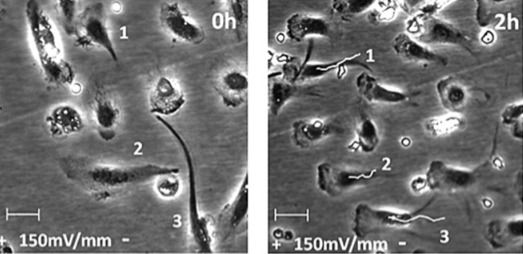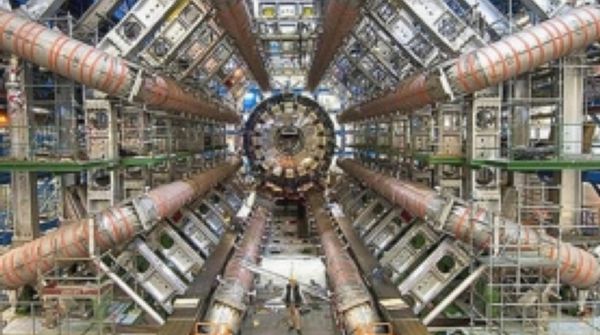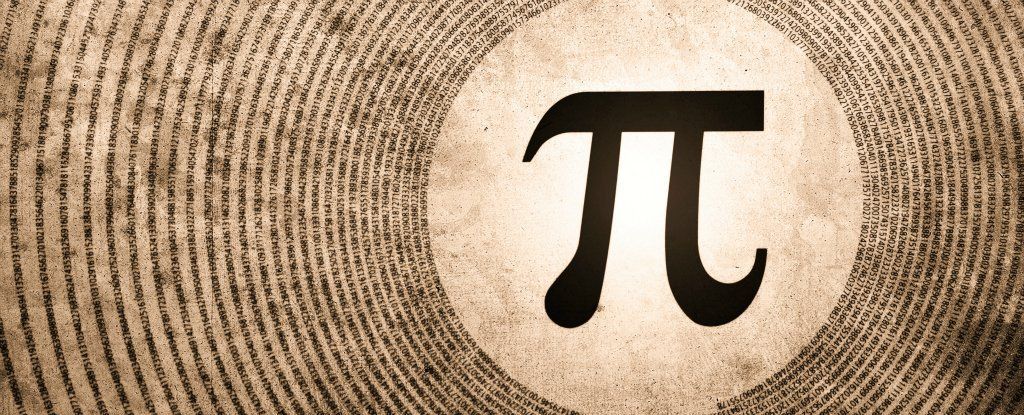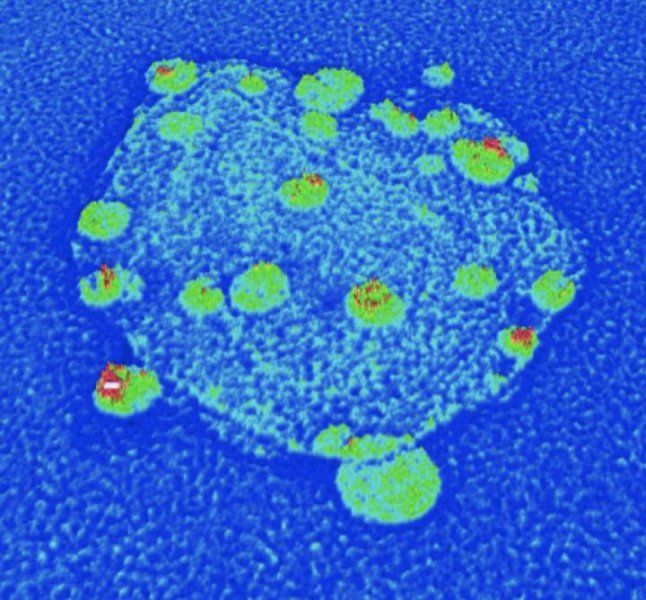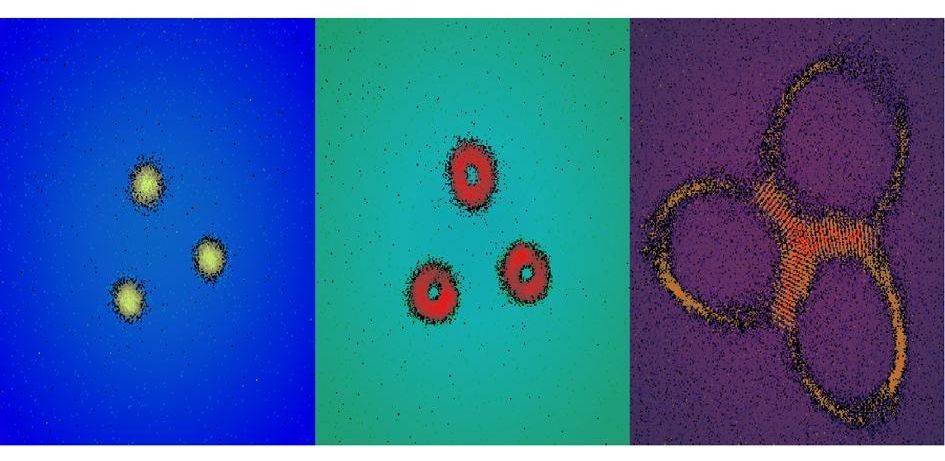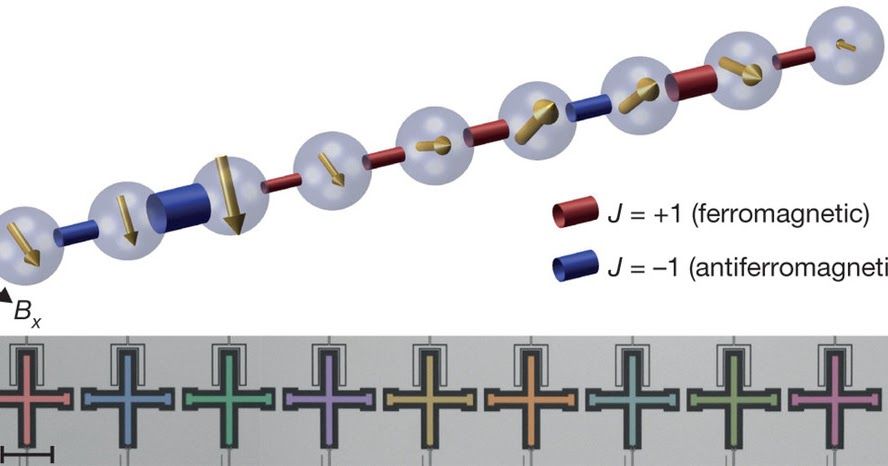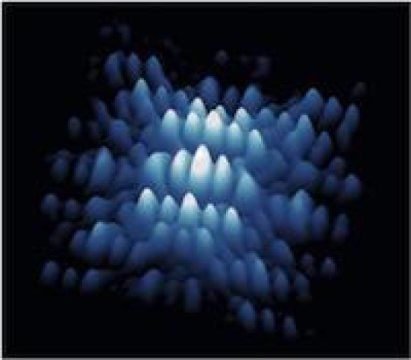Jun 14, 2016
Electrical fields aid wound healing
Posted by Shailesh Prasad in categories: biotech/medical, particle physics
Small electrical currents appear to activate certain immune cells to jumpstart or speed wound healing and reduce infection when there’s a lack of immune cells available, such as with diabetes, University of Aberdeen (U.K.) scientists have found.
In a lab experiment, the scientists exposed healing macrophages (white blood cells that eat things that don’t belong), taken from human blood, to electrical fields of strength similar to that generated in injured skin. When the voltage was applied, the macrophages moved in a directed manner to Candida albicans fungus cells (representing damaged skin) to facilitate healing (engulfing and digesting extracellular particles). (This process is called “phagocytosis,” in which macrophages clean the wound site, limit infection, and allow the repair process to proceed.)
